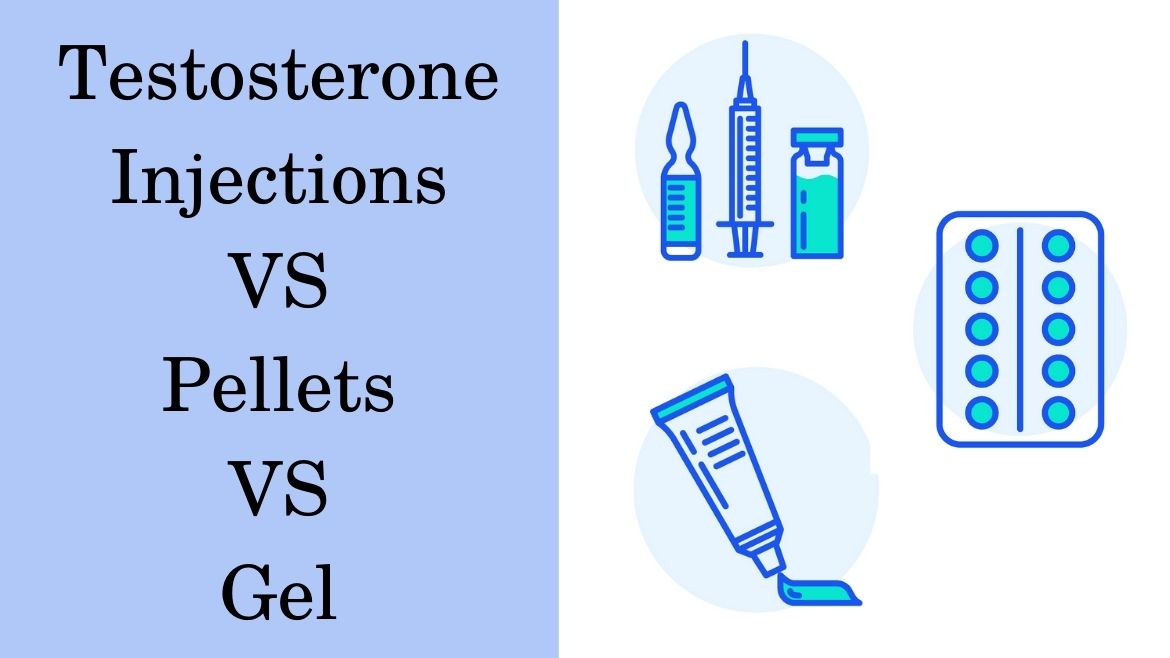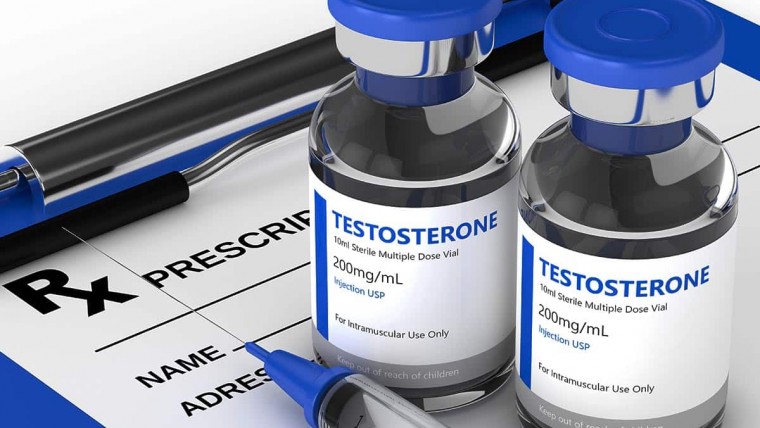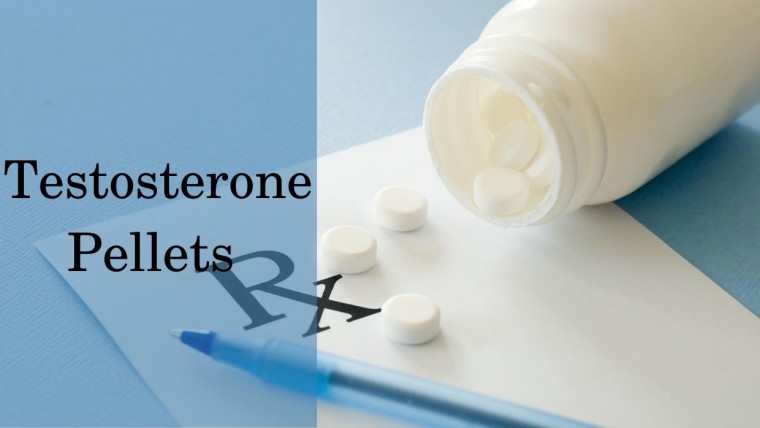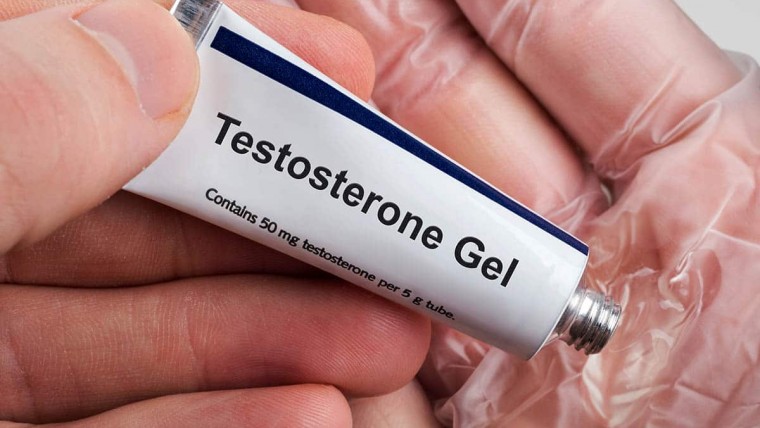In this article
If you’ve been diagnosed with low testosterone, you’ve probably started looking into your treatment options. You might be wondering what is the difference between options, or what is the best choice for you.
There are three common methods of testosterone treatment, and each has benefits and drawbacks to consider. They include:
- Testosterone Injections
- Testosterone Pellets
- Testosterone Gel
Testosterone injections are the classic form of TRT and have been in use for decades. Injections remain one of the most popular forms as they are fast-acting, easy to adjust, and generally safe. It’s important to consult with your doctor during the treatment.
Never change your method or dosage on your own
Prescribed treatments are the only legal way to get testosterone and the only way treatment is safe and effective.
Knowing what to expect from each method can help you decide, along with your doctor, what will work best for you and your goals.
Testosterone Injections
Testosterone injections are a fast-acting way to increase your testosterone levels. People on injection therapy see an improvement in their testosterone levels within 30 days. Seeing an increase in levels so quickly can not only lessen symptoms of low T but can also help doctors make sure the dosage is right for you.
You’ll be monitored when you’re receiving therapy through testosterone shots. And your dosage can be easily adjusted to help you hit the right level for your body. Adjustments can be made during your entire course of treatment.
The quick results and ease of adjustment mean injections are generally the first choice for testosterone therapy. Learn more about the effects of testosterone injections and how long it takes to see results.
Testosterone shots are given as an intramuscular injection (IM), the thigh is normally recommended. This means the medication is delivered deep into the muscles so that it can be absorbed into your bloodstream.
How safe are testosterone injections?
Injections are generally safe, but it’s important to be monitored by a doctor during your treatment. While negative side effects of testosterone are most often seen from misuse, there are some possible side effects you should know about.
Your doctor should always know about any side effects you experience. Common side effects from TRT injections include:
- Allergic reactions at the injection site
- Breast growth (gynecomastia)
- Changes in hair growth
- Headaches
- Increased anxiety
- Swelling in the feet and ankles
For women receiving testosterone injections, side effects might also include:
- Increased acne
- Changes to the menstrual cycle
- Male-pattern hair growth
- Hoarseness or voice deepening
- Enlarged clitoris
Your doctor will likely change your dosage if you experience any of these. Being on the wrong dosage of testosterone can lead to the risk of serious health concerns, such as:
- Clotting
- Stroke
- Heart attack
- Heart disease
- Prostate cancer
You can reduce the risk of side effects and health concerns by keeping in communication with your doctor and following the instructions for self-injection
For some people, injections might not be safe or recommended. This is because all types of testosterone injections are a powerful form of treatment that can raise testosterone rapidly.
This can lead to serious health risks in some people, particularly those who already have liver disease or heart trouble. The doctor might prescribe gel or pellets if you have any liver or heart-related conditions.
Testosterone Pellets
Testosterone pellets are inserted into the body. The pellets are about as big as a grain of rice and are bioidentical, meaning that they are made from plants to be naturally identical to hormones already found in the body.
The pellets are inserted into your body at your hip. Your body then processes the pellet. This allows steady stream of testosterone to be released in your body over a period of 3 to 6 months.
The procedure to insert pellets is a quick outpatient procedure. The doctor will make a tiny surgical incision in your skin and place the pellets. You won’t need stitches or special care afterward.
Many people who choose the pellet method enjoy the convenience of not having to remember to give themselves injections or apply creams. With the pellet method, your body will receive the same stable amount of testosterone every day for months.
Testosterone pellets are sometimes prescribed for weight control. The continual dose of testosterone can help you lose weight and build muscle, especially if high levels of estrogen have made weight loss difficult in the past.
However, you’ll still need to exercise and eat a balanced diet to achieve results. Additionally, high-stress levels and poor sleep patterns can reduce the effectiveness of testosterone pellets.
Are testosterone pellets better than injections?
While testosterone pellets are convenient, there are some downsides. One drawback of pellets is that it is much harder to adjust dosage than with injections. You’ll need to have new pellets inserted in order to change your dosage.
This can make it harder to address side effects or quickly improve levels. For people who are new to TRT or who need frequent dosage adjustments, pellets may not be a good choice.
Additionally, pellets can sometimes come out of the skin or become infected. While this is rare, it is something you should be aware of before considering this method.
Testosterone Gel
Testosterone is also available in gel or cream form. Testosterone gel is absorbed through your skin and into your bloodstream. Generally, you’ll apply the cream to your arms, shoulders, or stomach. You need to give the gel time to absorb, so you’ll need to cover the area and avoid showering or swimming for the next several hours.
TRT gels are applied daily and slowly adjust your hormone levels. They can be a convenient way to receive treatment for people who don’t want to use needles or have a pellet insertion procedure.
Is testosterone gel safer than injections?
All forms of therapy carry the risk of some side effects. However, many people think that because applying testosterone gel doesn’t require needles or minor surgery, it carries less risk. This is not necessarily the case.
Testosterone gel is often not absorbed as fully and is a less reliable method of getting the exact dosage of testosterone your doctor prescribed.
Another common concern is that the creams and gels can be transferred to family members who come in contact with you. This can result in a change to their hormone levels that aren’t being monitored by a doctor.
Additionally, it can be difficult to remember to apply the cream every day, causing people to miss doses and not achieve correct hormone levels. As the 2014 article “A Review of Testosterone Pellets in the Treatment of Hypogonadism” noted:
The noninvasive nature of gels made it an appealing alternative to T injections. Yet, the need for daily applications, erratic absorption, low long-term compliance rates, the risk of T transfer to family members, and the expense of the monthly prescriptions opened the window for a “new” form of T therapy
However, remember that for people with heart or liver concerns, the gel might be the safest option. Your doctor will let you know if testosterone gel is the best treatment option for you.
The Takeaway
In the fair competition of the TRT options injections vs pellets vs gel, the effectiveness of each of them was proved by scientific studies. So the only way to select the best form of testosterone therapy is to consult with a medical expert. And after researching your medical history and blood tests doctor will select the most effective and safe form of TRT for you.







